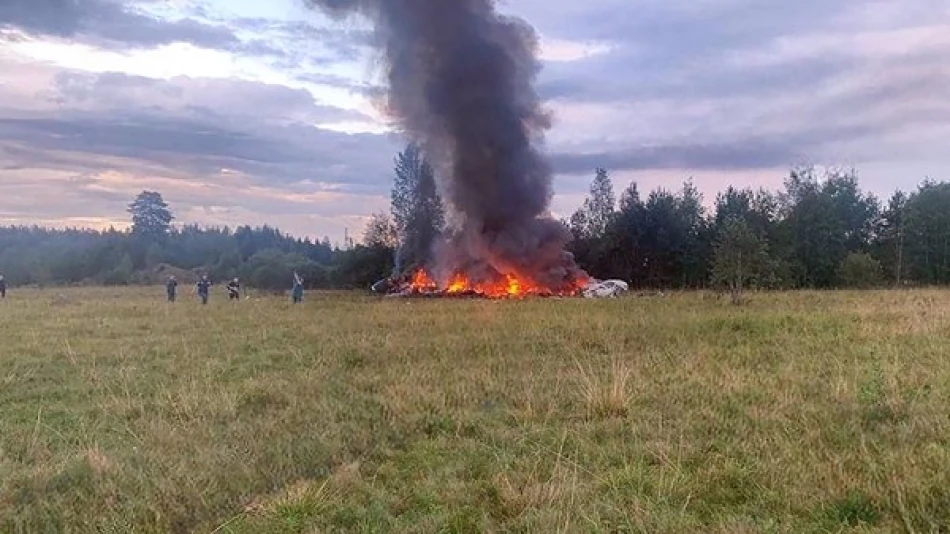
Update on the Tragic Crash of the Russian Passenger Jet
No Survivors Found in Far East Russia Plane Crash as Search Operations Continue
Russian emergency services have confirmed that rescue teams have found no survivors at the site of a plane crash in the remote Amur region of Russia's Far East, according to official reports released Thursday. The incident highlights ongoing aviation safety challenges in Russia's vast and sparsely populated eastern territories, where harsh weather conditions and limited infrastructure complicate both flight operations and emergency response efforts.
Emergency Response in Remote Territory
The Russian Ministry of Emergency Situations deployed specialized rescue teams to conduct search operations at the crash site, though the remote location of the Amur region presents significant logistical challenges. The ministry confirmed that search efforts are ongoing, but no survivors have been located thus far.
The Amur region, bordering China in Russia's Far East, is characterized by difficult terrain and extreme weather conditions that often hamper both aviation operations and emergency response capabilities. The area's sparse population and limited transportation infrastructure make rescue operations particularly challenging compared to more developed regions of Russia.
Aviation Safety Concerns in Russia's Far East
This incident underscores persistent aviation safety issues in Russia's remote eastern regions, where aging aircraft fleets and challenging operating conditions contribute to higher accident rates. The Far East's vast distances, extreme weather patterns, and limited maintenance facilities create a complex operating environment for aviation services.
Infrastructure and Operational Challenges
Russia's eastern territories rely heavily on aviation for transportation due to the lack of road and rail connections between many communities. This dependency on air transport, combined with harsh operating conditions, creates inherent risks that are difficult to mitigate despite ongoing modernization efforts.
The region's aviation infrastructure has faced particular strain in recent years due to international sanctions limiting access to Western aircraft parts and maintenance services, forcing operators to rely increasingly on older Russian-manufactured aircraft or seek alternative supply chains.
Broader Implications for Regional Aviation
The crash highlights the ongoing challenges facing aviation safety in Russia's peripheral regions, where economic constraints and geographic isolation compound operational difficulties. Unlike more developed aviation markets such as those in Western Europe or North America, Russia's Far East continues to grapple with infrastructure limitations that affect both routine operations and emergency response capabilities.
This incident may prompt renewed scrutiny of aviation safety protocols in remote regions, particularly as Russia seeks to maintain connectivity across its vast territory while managing the constraints imposed by international isolation and economic pressures.
 Layla Al Mansoori
Layla Al Mansoori







